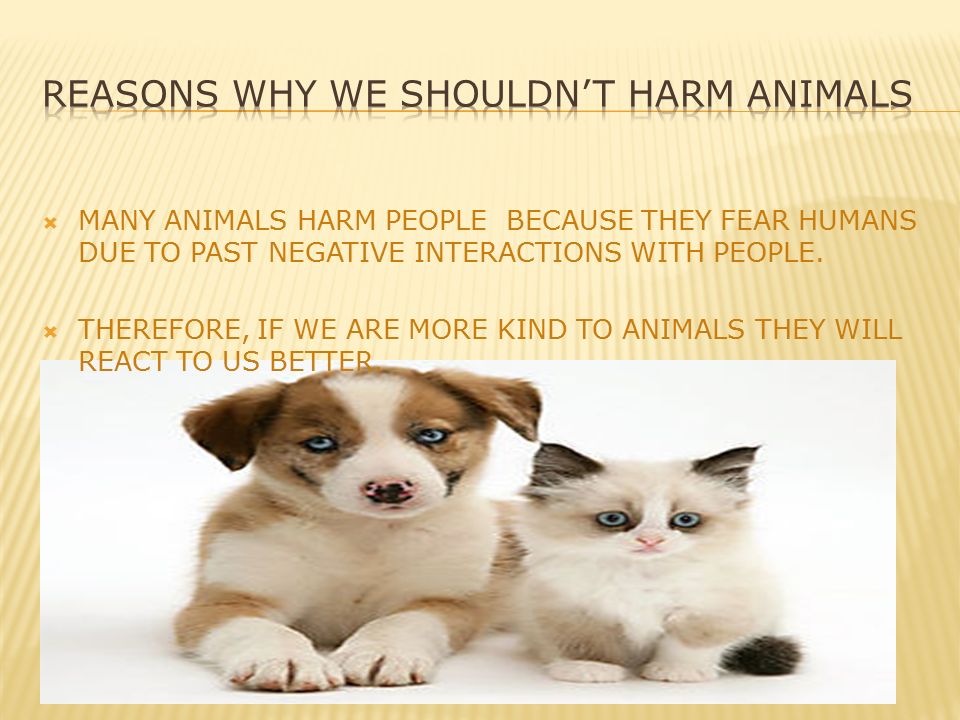As we traverse the complex tapestry of human emotions and moral convictions, a poignant query arises: is deriving enjoyment from animal harm a definitive red flag? This question compels us to delve deeper into the psychological and sociocultural underpinnings surrounding the enjoyment of cruelty toward animals. Within this examination lies the potential to unravel not only the inherent dangers of such desires but also the broader implications they pose for societal well-being.
To initiate this exploration, it is pivotal to define what constitutes animal harm. Animal harm encompasses various actions ranging from neglect and mistreatment to deliberate infliction of pain and suffering. Thus, when individuals derive pleasure from witnessing or inflicting harm on animals, it heralds a profound dissonance in moral judgment and empathy. Could this misalignment signal deeper psychological issues or sociopathic tendencies?
Finding joy in animal cruelty has been anathema to civilizational values centered on compassion and empathy. The general consensus aligns with the notion that empathy is a cornerstone of healthy social interaction. Nevertheless, the enjoyment of animal harm diverges starkly from this paradigm. Those who revel in such actions might exhibit a proclivity for sadistic tendencies—often manifesting an unsettling desensitization to suffering.
Research illuminates a disturbing correlation between individuals who exhibit cruelty toward animals and those who may later perpetrate violence against humans. The Diagnostic and Statistical Manual of Mental Disorders mentions animal cruelty as a potential indicator of antisocial personality disorder. Thus, the implications of animal harm as entertainment should not be trivialized. It is a potential precursor to more profound maladaptive behaviors and a harbinger of sociopathy.
Therein lies the conundrum: How do we confront societal attitudes that trivialize or even romanticize animal cruelty? In popular culture—films, video games, and social media—violence against animals is often depicted with a sense of detachment or even humor. Such portrayals normalize cruelty, thus muddling the moral compass of impressionable minds. When cruelty becomes entertainment, the boundaries of empathy blur, feeding a vicious cycle of desensitization.
To complicate matters, one must also consider how traditional societal frameworks contextualize animal harm. In some cultures, practices that entail animal treatment as expendable or even shameful are entrenched within the ethos of that society. Ritualistic harm, portrayed as a tradition or rite of passage, can propagate a disregard for animal welfare while simultaneously fostering a sense of camaraderie among participants. It demands a thorough interrogation of cultural narratives that mitigate the horror of such actions.
Furthermore, the desire to engage in animal harm often revels in a superficial display of power and dominion. This extends beyond a mere need for entertainment; it encapsulates a quest for control over a being perceived as inferior. This lust for power unveils a latent fragility within the aggressor. Rather than an embodiment of strength, the act signifies a desperate attempt to assert dominance to compensate for deeper insecurities.
Concurrently, the nature of enjoyment derived from animal harm often raises essential socio-economic questions. Individuals entrenched in violence toward animals frequently inhabit marginalized communities where systemic issues perpetuate despair. In these environments, such actions may not solely arise from malice but could also be a byproduct of disenfranchisement and bleak existential realities. Herein lies a potential challenge: addressing the root causes of such behaviors reveals a need for systemic change that transcends simplistic moral condemnations.
Education emerges as the logical avenue to counteract the normalization of animal harm as entertainment. Cultivating empathy toward all living beings through avenues such as humane education and community outreach fosters an environment wherein compassion is revered over cruelty. By embedding lessons of kindness within educational curriculums, we may reinforce the importance of responsible stewardship over our animal counterparts.
Inextricably linked to education is the responsibility of digital platforms to regulate content that glamorizes animal cruelty. Social networks must adopt stricter guidelines and community standards to denounce and eliminate portrayals that might incite or condone violent behavior toward animals. By creating a culture of accountability, we challenge harmful narratives that reduce living beings to mere sources of amusement for those predisposed to derive enjoyment from their suffering.
Engagement in animal rights advocacy can also provide an avenue for reparation. Activism channels negative tendencies toward proactive efforts in protecting animal welfare, thereby transforming harmful desires into something constructive. When individuals champion the cause against cruelty, a sense of purpose supersedes the urge to inflict harm, providing a powerful counter-narrative to the cycles of violence.
Ultimately, acknowledging the enjoyment of animal harm as a red flag is imperative for understanding the broader psychosocial implications of such desires. It prompts a critical reflection of not only individual morality but also the cultural narratives that shape perceptions of animals. As stewards of empathy and compassion, society must confront these challenges head-on, exploring avenues that champion kindness and cultivate a deeper respect for the sentient beings with whom we share our world.










